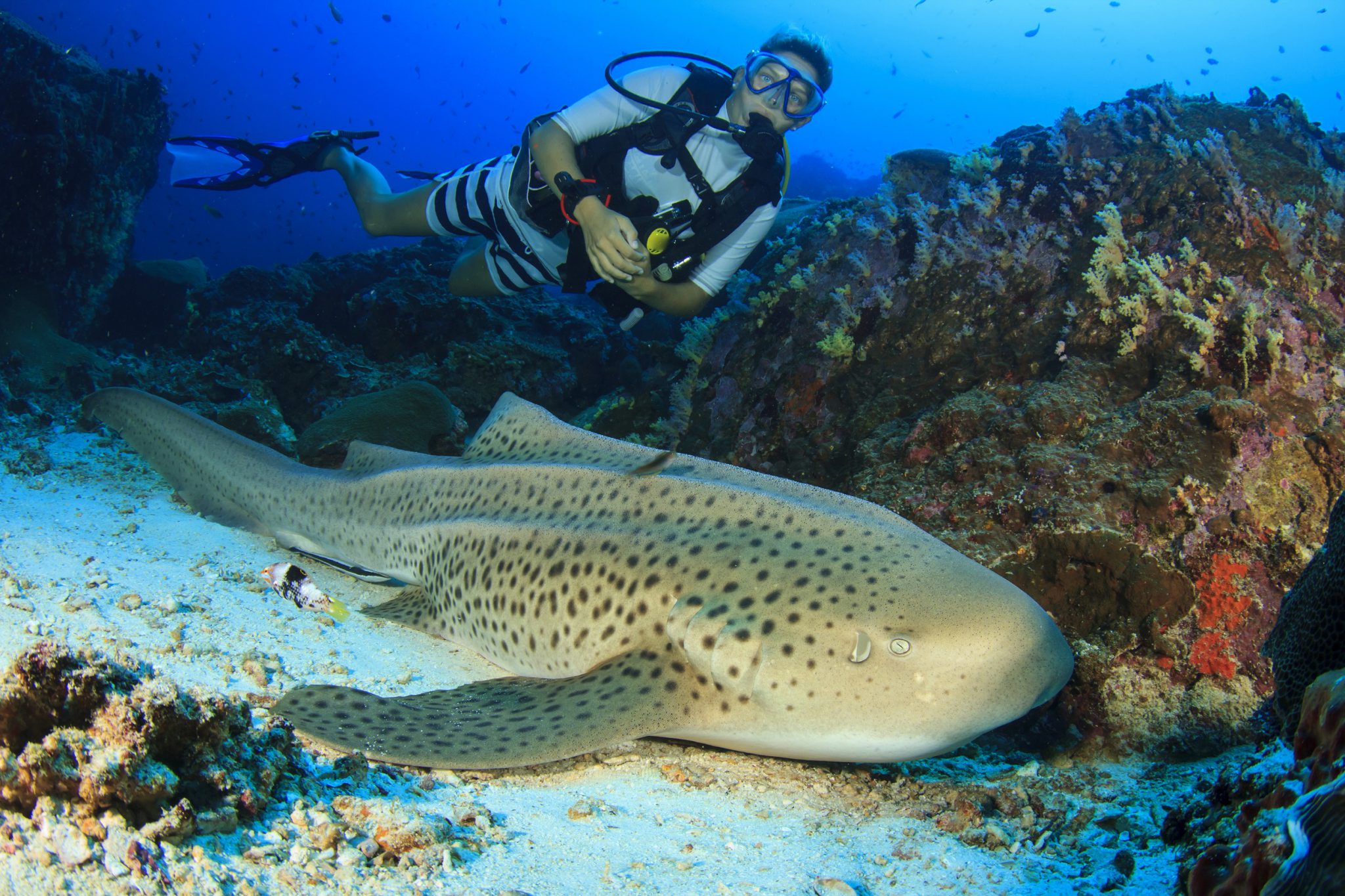
/Zebra+Shark+Eggs+(3)_8d1d8318-ebb8-47fe-b3ed-7a6f7fc68bc7-prv.jpg)
They typically inhabit shallow reefs and lagoons, often near the shoreline. Zebra sharks are found in tropical and subtropical waters around the world. Overall, the zebra shark is an exciting species with a host of unique features that make it an important part of our planet’s rich biodiversity. In addition, the zebra shark has been observed using both suction feeding and ram-feeding techniques to obtain food, making it one of the most versatile predators in the ocean ecosystem.
:max_bytes(150000):strip_icc()/Zebra-shark-Fleetham-Dave-Getty-56a5f8585f9b58b7d0df526b.jpg)
The zebra shark is also notable for its ability to produce light within its body, a feature that helps it to attract prey and ward off predators. With its distinctive black and white pattern and elongated body, this species is easily recognizable to divers and ocean enthusiasts alike. The zebra shark is a species of fish that is commonly found in shallow tropical waters. According to Kevin Feldheim, a co-author of a 2010 article in the Journal of Heredity on parthenogenesis in sharks, it might be a response to the absence of reproductive partners.Conclusion Zebra Shark Zebra Shark Description Scientists don’t know for sure why sharks, snakes, and other creatures that normally need to mate to reproduce will sometimes just spontaneously get pregnant. Further tests, however, revealed that the pups’ lack of genetic diversity meant they were most likely the spawn of one parent, not two. And so when the zebra shark gave birth, scientists at the Queensland aquarium also wondered if stored sperm was to blame. In the snake’s case, her offspring couldn’t have been fertilized by sperm, because she had never been near a male. ( Read “World's Longest Snake Has Virgin Birth-First Recorded in Species.”) When a reticulated python had a “virgin birth” at the the Louisville Zoo in Kentucky, scientists were so surprised that they at first wondered if this was a case of stored sperm. Yet after three years of separation from a male, scientists were stunned to see some of her eggs hatch.Īlthough this switch from sexual reproduction to parthenogenesis-reproduction without fertilization-is a first for sharks, it has also been observed in a spotted eagle ray and a Colombian rainbow boa.Īsexual reproduction without prior sexual reproduction has also been observed in plenty of creatures that don’t normally do it that way. In her new tank, Leonie continued to lay eggs whether they were fertilized or not, just like chickens do.

In 2012, she was moved into a separate tank at the aquarium with no male sharks. Leonie had previously given birth after mating with a male shark at the Reef HQ aquarium in Townsville, Queensland. ( Read “‘Virgin Birth’ Record Broken by Hotel Shark.”) This isn’t the first time that a zebra or leopard shark ( Stegostoma fasciatum) has had a “virgin birth,” but it is the first time that scientists have seen this behavior in a shark that wasn’t, ahem, a virgin.

( Read our earlier story about the birth.) Scientists in Australia published a paper on Tuesday about a female shark that performed a “virgin birth.” Although she hadn’t been around a male shark in three years, the captive zebra shark-named Leonie-laid eggs that hatched three viable pups.


 0 kommentar(er)
0 kommentar(er)
